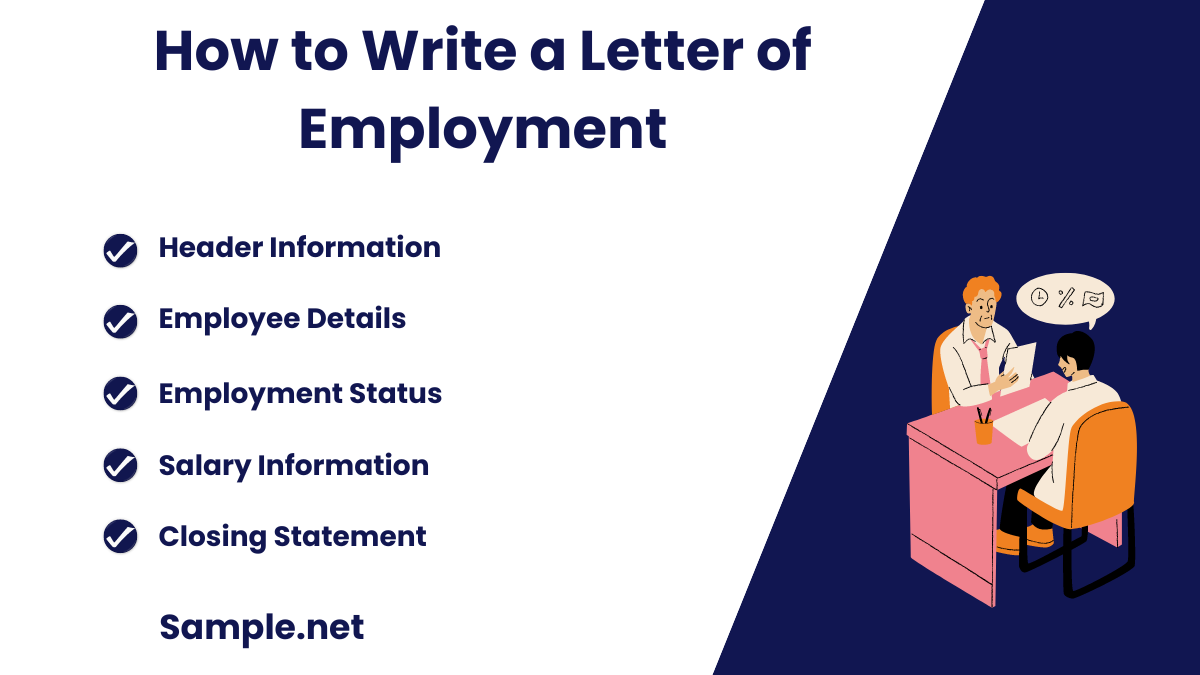Letter of Employment Samples
-
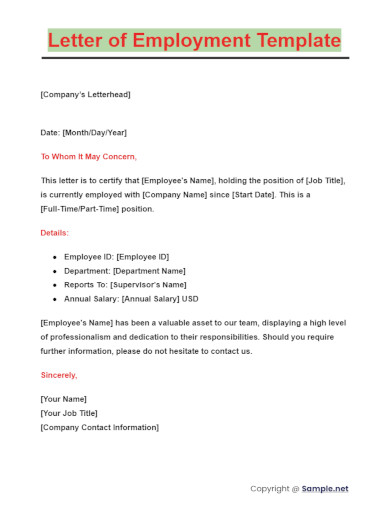
Letter of Employment Template
download now -
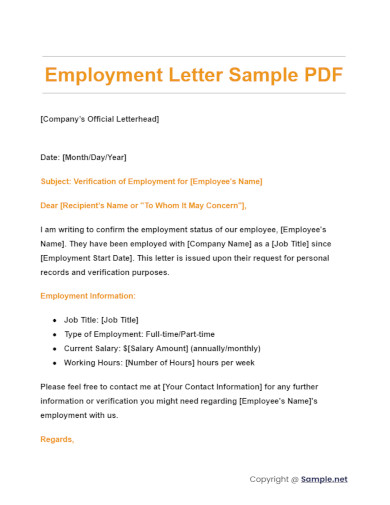
Employment Letter Sample PDF
download now -
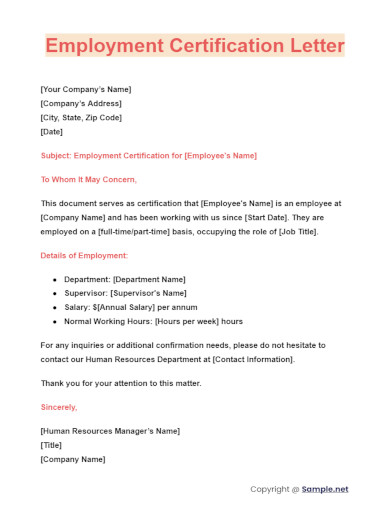
Employment Certification Letter
download now -
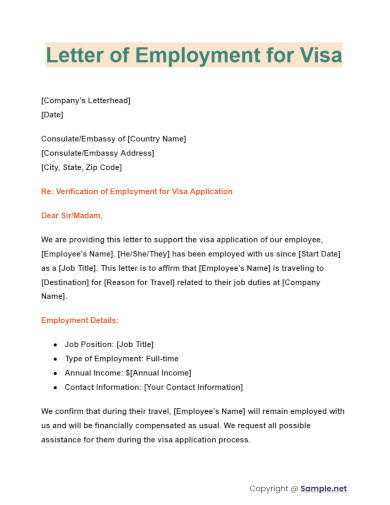
Letter of Employment for Visa
download now -
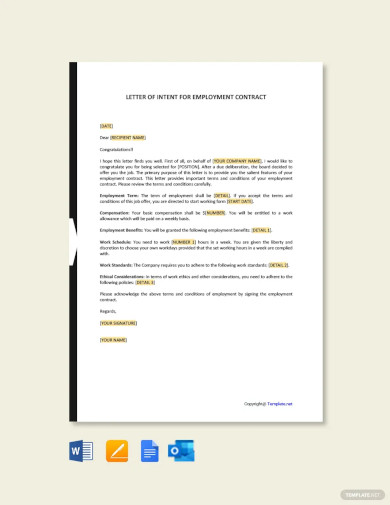
Letter of Intent for Employment Contract Template
download now -
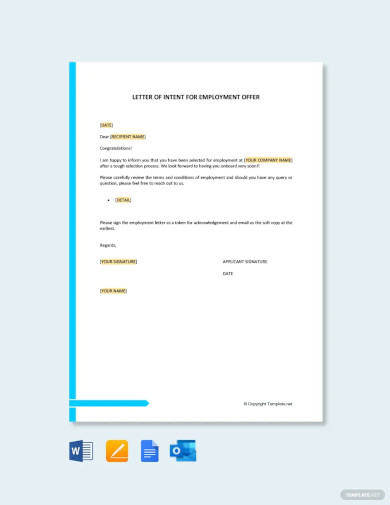
Letter of Intent for Employment Offer Template
download now -
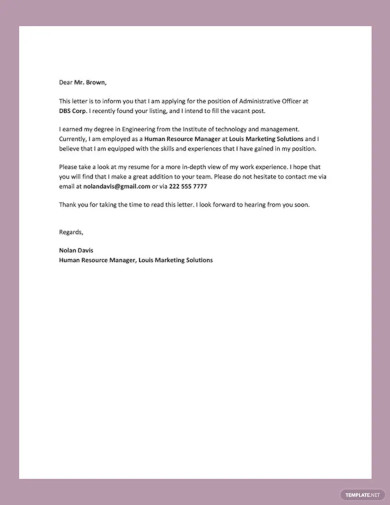
Letter Template of Intent for Employment
download now -
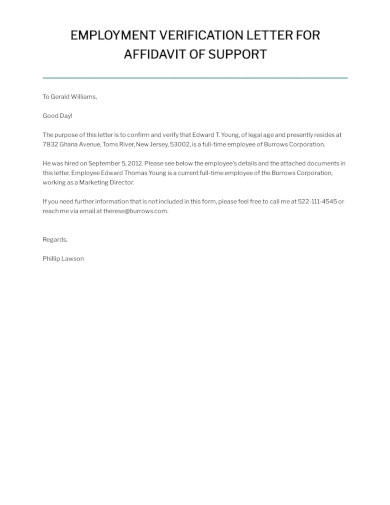
Employment Verification Letter for Affidavit of Support Template
download now -

Confirmation of Employment and Letter of Recommendation Template
download now -
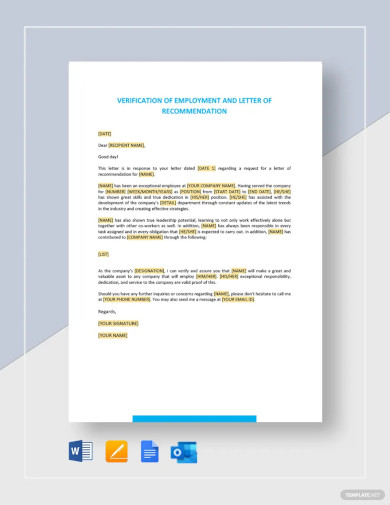
Verification of Employment and Letter of Recommendation Template
download now -
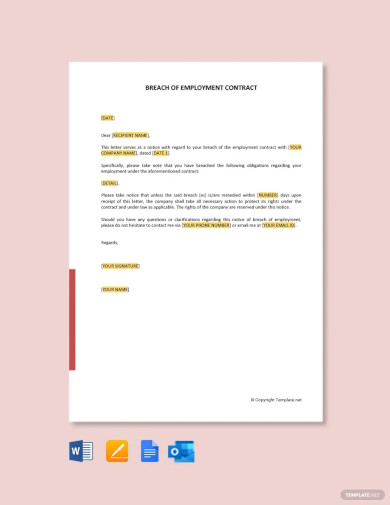
Breach of Employment Contract Letter Template
download now -
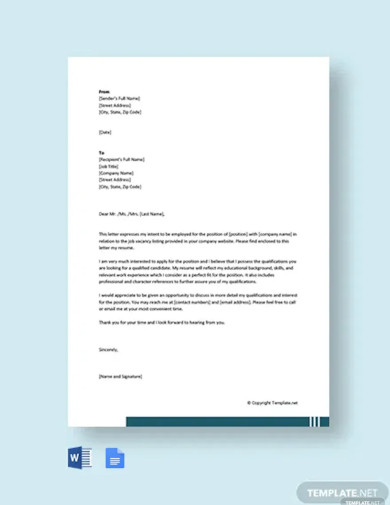
Free Sample Letter of Intent for Employment Contract Template
download now -
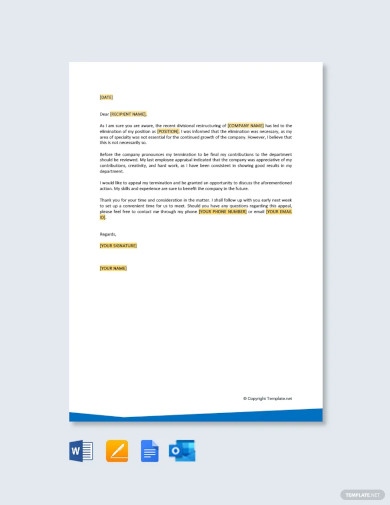
Free Appeal Letter for Termination of Employment Template
download now -
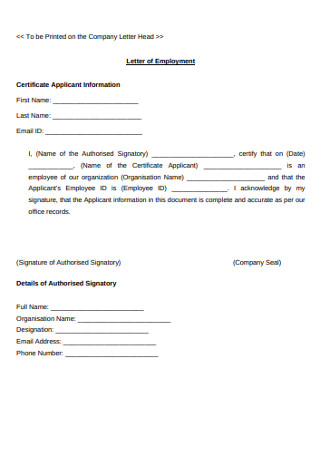
Company Letter of Employment
download now -
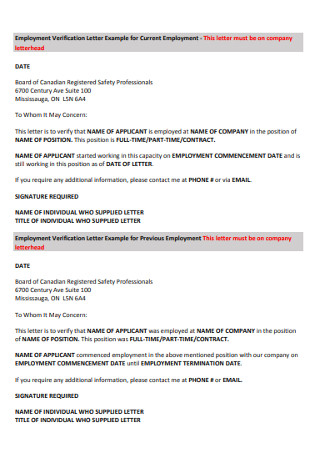
Employment Verification Letter
download now -
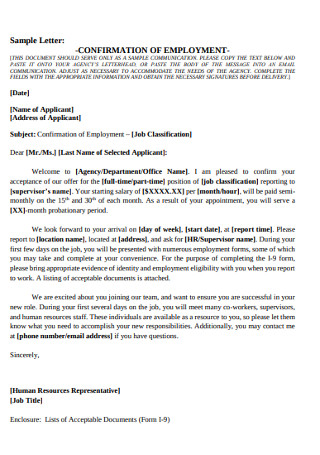
Employment Confirmation Letter
download now -
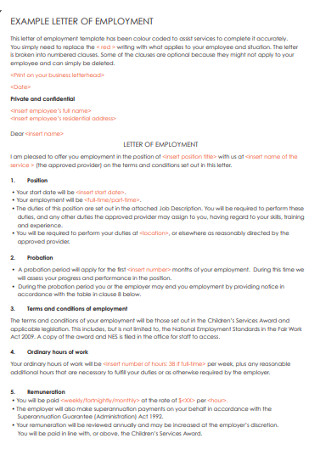
Employment Recommendation Letter
download now -
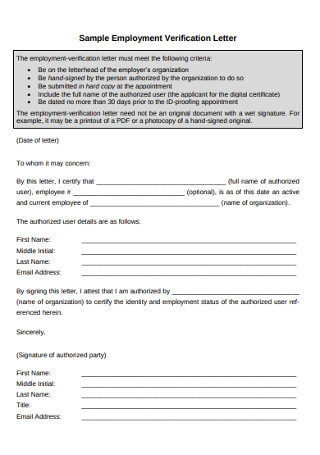
Sample Employment Immigration Letter
download now -
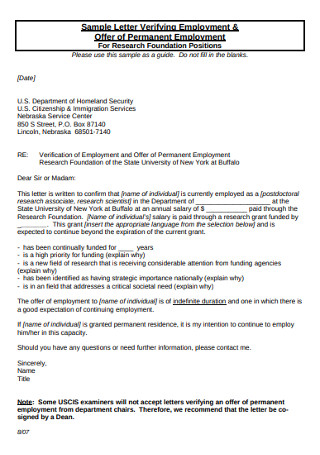
Offer of Permanent Employment Letter
download now -
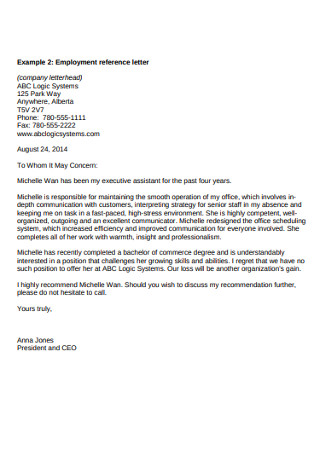
Employment Income Verification Letter
download now -
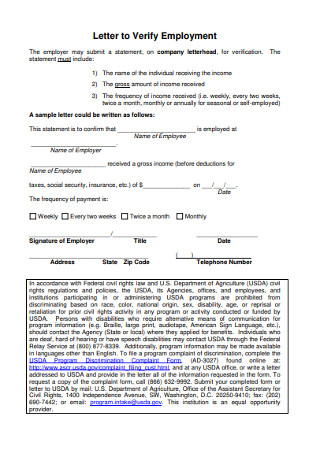
Application of Letter to Verify Employment
download now -
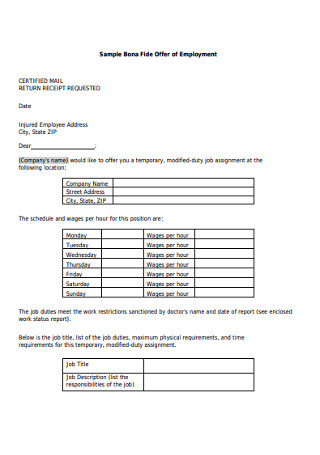
Transfer letter of Employment
download now -
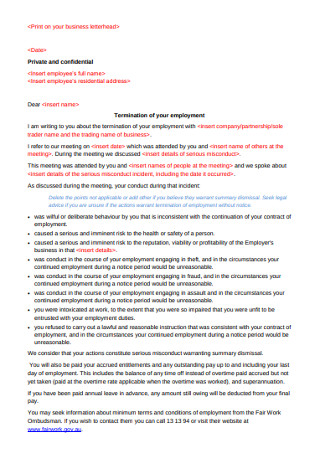
Termination of Your Employment Letter
download now -
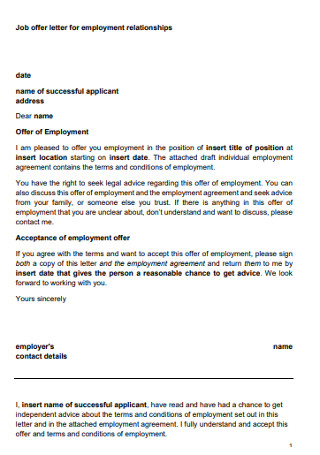
Job Offer Letter for Business Employment
download now -

Warning Employment Letter
download now -
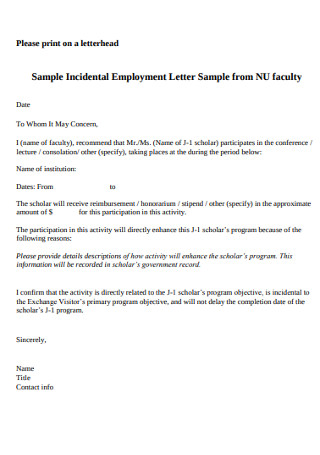
Incidental Interest Employment Letter
download now -
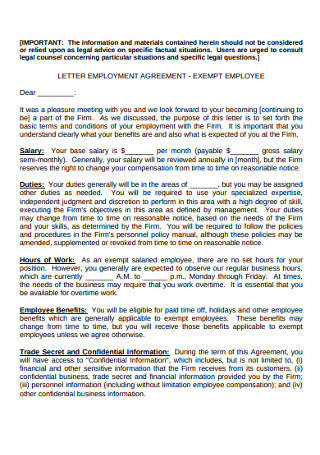
Employment Agreement Letter
download now -

Simple Confirmation of Employment Letter
download now -
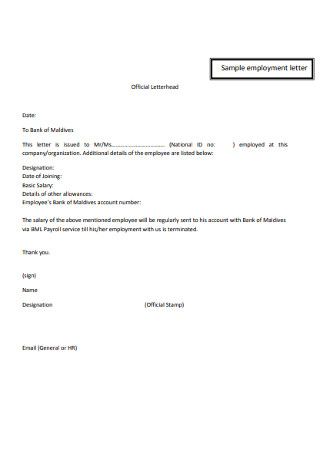
Professional Employment Letter
download now -
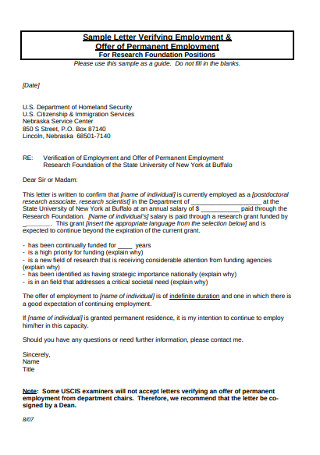
Freelance Employment Letter
download now -
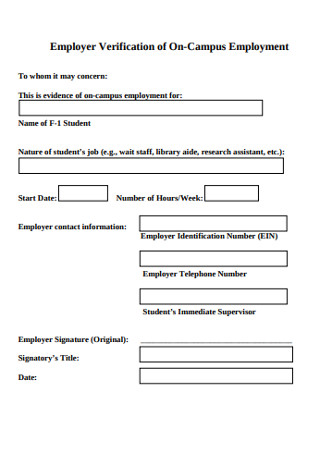
Employer Verification of On-Campus Employment Letter
download now -
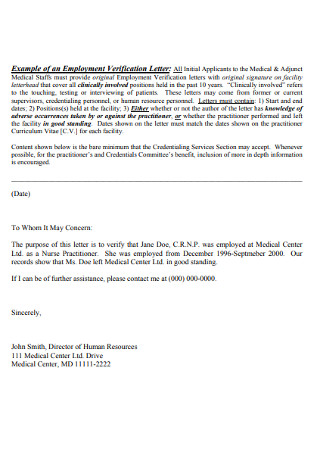
Employment Verification Notice Letter
download now -
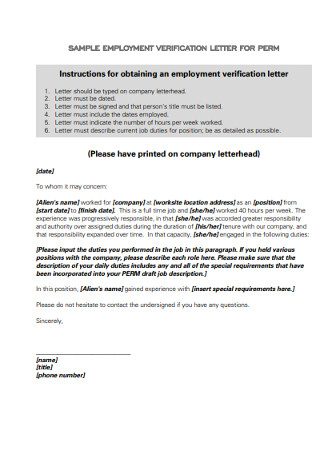
Employment Job Application Verification Letter
download now -

Sample Employment Thank You Letter
download now -
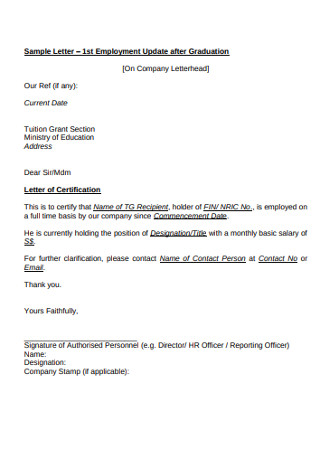
Employment Update after Graduation Letter
download now -
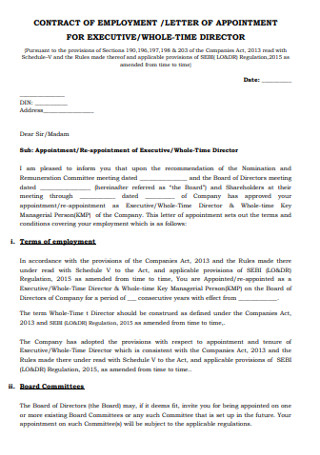
Employment Appointment Letter
download now -
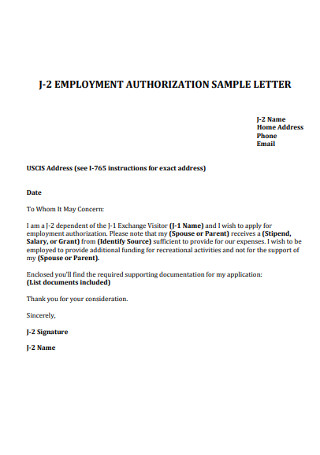
Employment Authorisation Offer Letter
download now -

Student Worker Employment Letter
download now -
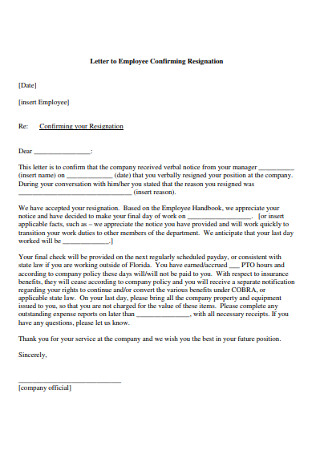
Letter to Employment Appreciation
download now -
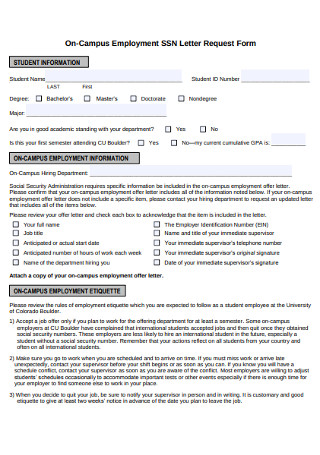
On-Campus Employment Recruitment Letter
download now -
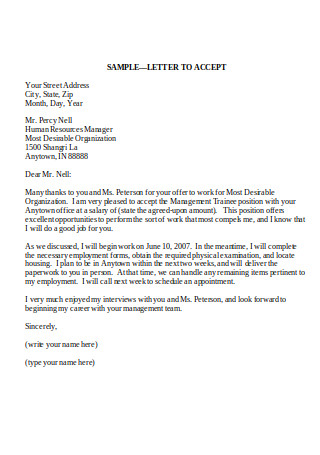
Letter Confirmation of Job Offer
download now -
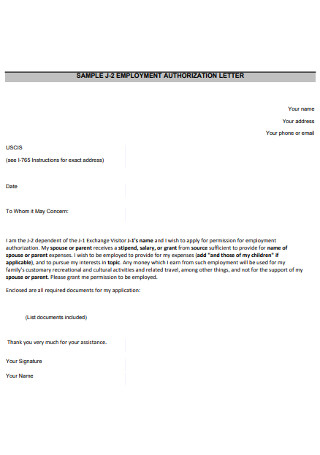
Basic Employment Authorization Letter
download now -
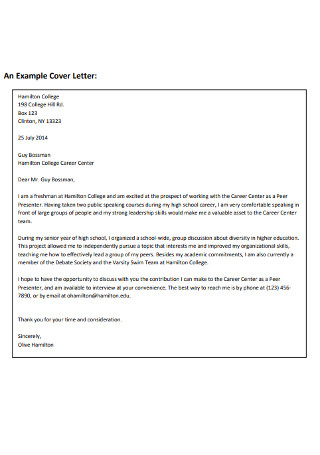
Sample Employment Cover Letter
download now -
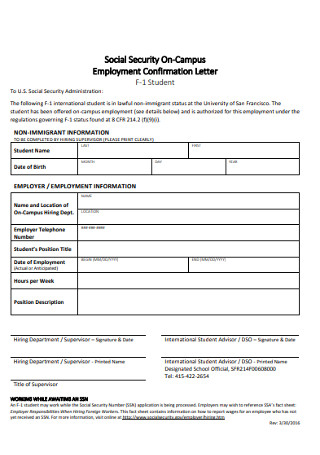
Employment Social Security Confirmation Letter
download now -
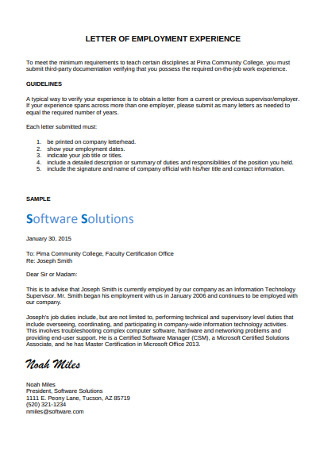
Employment Experience Letter
download now -
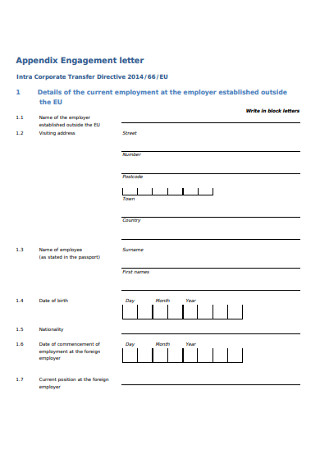
Employment Engagement Letter
download now -
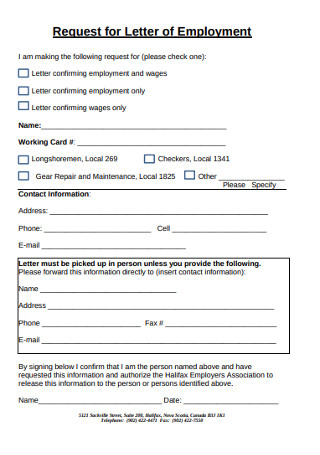
Request for Letter of Employment
download now -
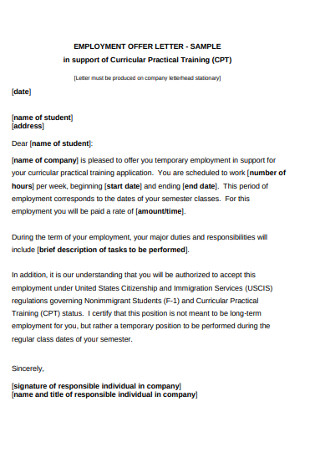
Sample Employment Training Offer Letter
download now -
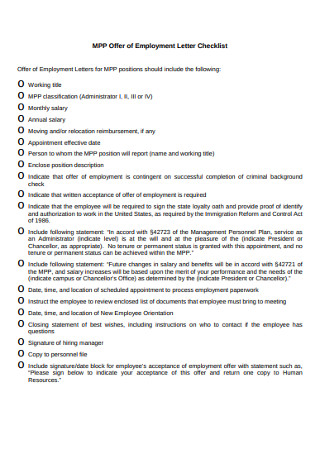
Employment Letter Checklist Template
download now -
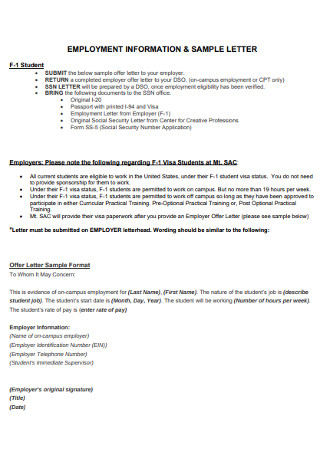
Sample Employment Information Letter
download now -
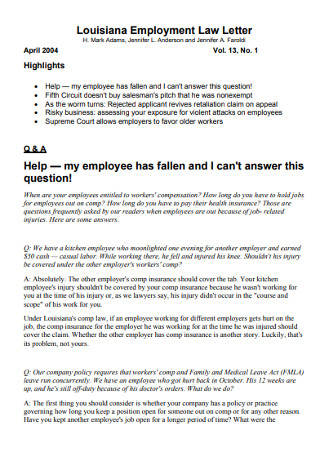
Employment Law Letter
download now -
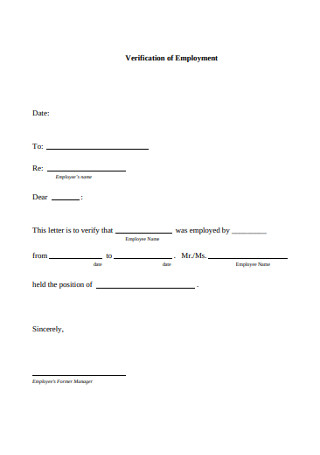
General Employment Letter
download now -
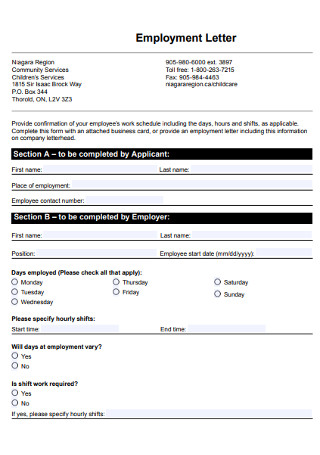
Standard Employment Letter
download now -

Employment Candidate Letter
download now -
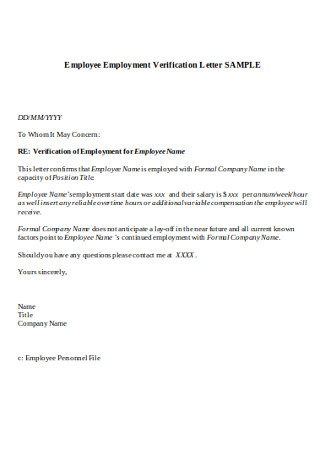
Employee Employment Verification Letter.
download now -

Employment Letter of Endorsement Template
download now -
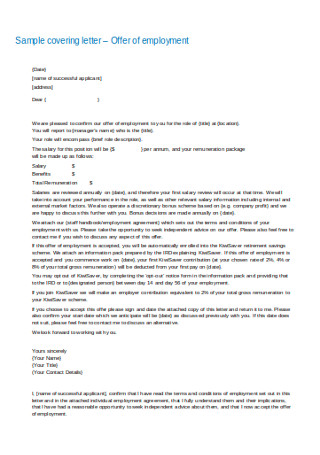
Employment Offer Covering Letter
download now -
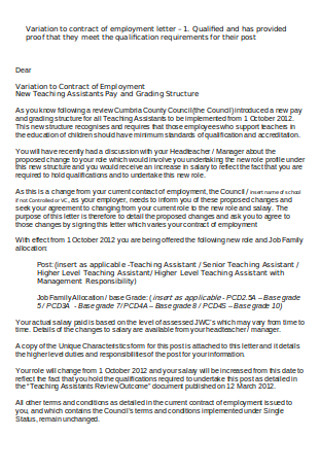
Variation to Contract of Employment Letter
download now -
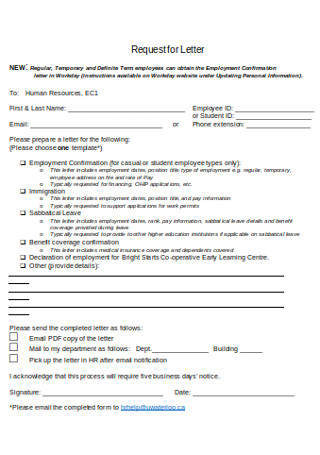
Sample Employment Request Letter
download now -
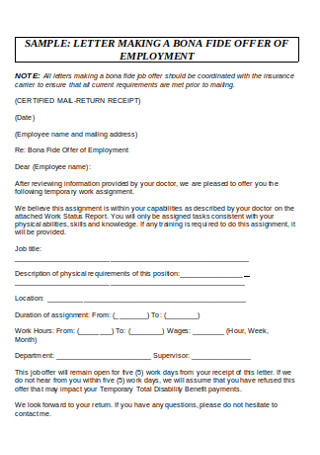
Formal Employment Offer Letter
download now -
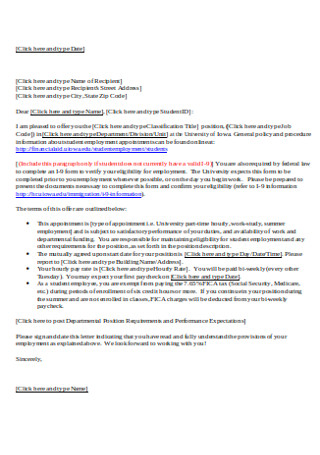
Student Employment Appointment Offer Letter
download now -
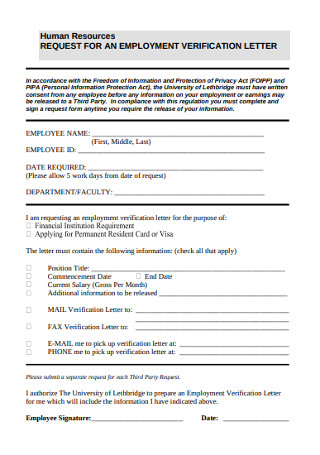
Employment HR Verification Letter
download now -
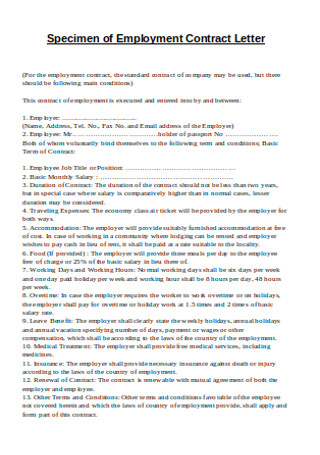
Employment Contract Letter
download now -
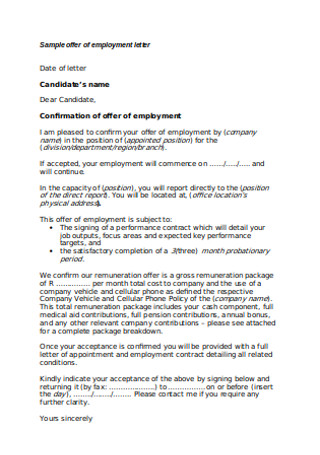
Sample Offer of Employment Letter
download now
FREE Letter of Employment s to Download
Letter of Employment Format
Letter of Employment Samples
What is a Letter of Employment?
Why Do You Need a Letter of Employment?
Things to Remember When Writing a Letter of Employment
How to Request a Letter of Employment
How to Write a Letter of Employment?
Where to Find Letter of Employment?
How Do I Write an Open Letter of Employment?
How Do I Get an Official Letter of Employment?
How Do You Write a Statement of Employment?
How Do You Write a Proof of Employment Letter?
What is a Confirmation Letter of Employment?
Is a Letter of Employment the Same as an Offer Letter?
What is a Confirmation Letter of Employment?
Is a Letter of Employment Proof of Income?
What Does a Standard Letter of Employment Look Like?
What Counts as a Letter of Employment?
How Do I Provide Proof of Self Employment?
Is Letter of Employment Same as Record of Employment?
Download Letter of Employment Bundle
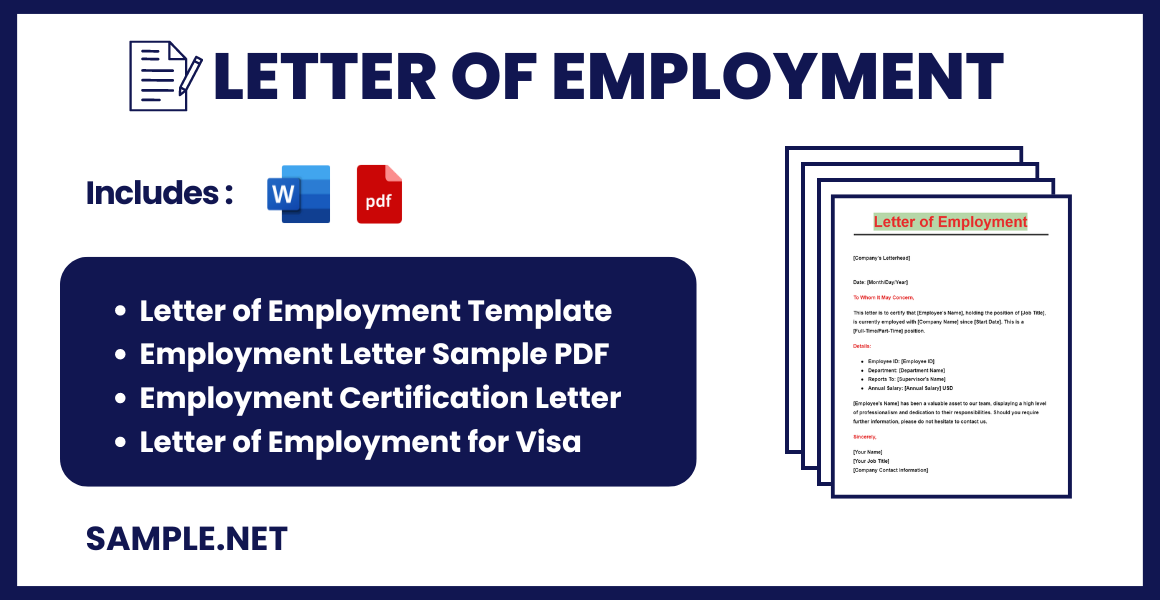
Letter of Employment Format
[Company’s Letterhead]
Date: [Month/Day/Year]
Subject: Employment Verification for [Employee’s Name]
To Whom It May Concern,
I am writing to confirm that [Employee’s Name] is employed with [Company Name] since [Start Date]. They hold the position of [Job Title] in our [Department Name].
Employment Details:
- Job Title: [Job Title]
- Department: [Department]
- Employment Status: Full-time/Part-time
- Annual Salary: [Amount]
Should you require any additional information, please do not hesitate to contact our office at [Contact Information].
Sincerely,
[Your Name]
[Your Position]
[Contact Information]
What is a Letter of Employment?
Have you ever tried applying for a loan or lease? The lender or lessor usually asks for proof of your financial capacity. Whether you’re gainfully employed or not, they usually try and verify that information. Either they call your company or ask you to secure a letter of employment—which is a business document that verifies your income and employment history. It usually contains information such as: what position you have in the company, how much salary you make, and how long you’ve been an employee in the company. The lender or lessor verifies this information to make sure you have the means to pay for the mortgage or loan you’re applying for.
Why Do You Need a Letter of Employment?
Let’s say your head personnel is making you write a Letter of Employment, but you’re a newbie in the Human Resource Department. So, there’s a possibility the name is foreign to you and you don’t really have much of a background in drafting one. Your instincts would tell you that it would be best to educate yourself first. Before you can actually draft one, you need to know why a letter of employment exists. To help you in this endeavor, below are some instances where a Letter of Employment is commonly needed. You may also see Certificate Of Employment
-
Prospective Employment
Applying for a new job usually entails gathering the necessary paperwork a prospective employer might require from you. One of these would be a Letter of Employment, which serves as proof of previous employment. With this document, a prospective employer can verify some information—job title, salary, and length of stay of an employee from his former company. By conducting this background check, the employer can determine a suitable salary proposal letter and job position for the upcoming employee.
-
Mortgage or Loan Application
When you apply for a loan or mortgage, lenders usually go through your financial history—whether you have a bad credit line or have other existing loans. They typically require a mortgagor or borrower to furnish a letter of employment to know if they have the means to pay for the mortgage or loan. Loan and mortgage applications are easily approved if you have a stable and good-paying job.
-
Rental Application
Rental property owners, the same with lending companies or banks, also ask prospective lessees for proof of employment. Before a lessor lets you sign a lease agreement, he does a thorough background check on you. One of the documentary requirements he’ll ask from you is a letter of employment, which is necessary to determine if you have the financial capacity to afford the monthly lease.
-
Work Visa Application
If you’re applying for a temporary worker’s visa, you’ll probably need to furnish the embassy with a letter of employment. There are different types of temporary worker’s visas, each having their own sets of documentary requirements. Typically, the prospective employer has to file a petition with the embassy on your behalf. But for H-1B1 visas, a letter of employment will suffice to verify employment.
Things to Remember When Writing a Letter of Employment
A letter of employment can be a very important document for your employees. As an employer, you would want to help him out to the best you can. When writing the letter on his behalf, there are certain dos and don’ts that you should remember; refer to the below:
How to Request a Letter of Employment
Similar to a mortgage or loan application, getting a letter of employment also has a process of its own. In the usual course of business, it is your employer or someone from the Human Resources department that furnishes the Letter of Employment. To guide you in requesting an employment verification letter, here are some steps that you can follow.
Step 1: Inform your employer
Notifying your boss or HR personnel is the first action you should take. You can either call or knock on their office doors and personally request the letter. However, for a more formal approach, it would be best to send a written request through email; this can help your employer or human resource personnel remember to write the letter. Also, follow-ups are necessary to ensure that your boss or the HR department doesn’t forget about it. You may also see Affidavit of Employment
Step 2: Provide the necessary information
Provide your employer or HR the necessary information such as; (1) the name of the recipient—prospective landlord in the case of a rental application, the bank for mortgage and loan applications, and the embassy for visa applications; (2) the requested delivery method—delivery can be thru personal handing of the letter, sending it via express or postal mail, or email; (3) the office address or email address of the recipient—place where your employer should ship or email the letter; and most importantly, (4) the purpose—provide your employer some context to help him understand why the letter is needed.
Step 3: Review the letter and check if it is signed and sealed
Ask your boss or HR personnel if you can review the contents of the letter. A letter of employment should have the following information: the company name or employer’s details, name of the requesting company or individual, name of the employee under verification, employee details—his job title or position, duration of his employment, and current salary—company seal, and employer’s signature. If any of the information mentioned earlier is missing, notify your employer and have the letter revised. You may also see Employment Agency Agreement
Step 4: Draft your own letter and have it signed
As shocking as it might sound, there is a possibility your boss or HR personnel have not come across letters of employment and might not know how to write one. Or maybe they don’t have the spare time due to the numerous workload they’re managing. In this case, you’ll have to write your own letter. Some things to remember when writing your own letter of employment is to (1) write it in the tone of your boss; in other words, it should sound professional and formal. It is a formal document, after all. (2) Only include facts. The letter should be brief and only contain the necessary information the requesting party is asking for. (3) Include the contact information of your boss, in the event, the requesting party has further questions. And Lastly, when writing your own Letter of Employment make sure that your boss reviews, signs, and seals it before sending it. You may also see Employment Contracts for Restaurants, Cafes, and Bakeries
Step 5: Complete your business
Finally! Your mortgage, loan, rental, or visa application is a few days away from being completely processed and approved. Keep in mind that it takes about six (6) days at an average for a mail to arrive via post mailing. So be sure to notify your boss or HR a few days in advance from the day you need the letter. Also, it’s best to do follow up from time to time. You may also see Employment Settlement Agreement
How to Write a Letter of Employment?
A Letter of Employment should clearly summarize the employee’s role, salary, and terms of employment in a formal tone.
- Header Information: Include the company’s letterhead with contact information. You may also see Employment Application
- Employee Details: State the employee’s full name, position, and start date.
- Employment Status: Clarify whether the employment is full-time, part-time, or contractual.
- Salary Information: Detail the salary and any benefits associated with the position.
- Closing Statement: End with your contact information for follow-up and a formal signature. You may also see Employment & Job Application Form
Where to Find Letter of Employment?
Finding a template or sample for a Letter of Employment can be done efficiently online or through HR resources.
- Company HR Department: Start with your company’s HR for tailored documents like the Employment Contract.
- Online Templates: Search for templates that fit various employment scenarios.
- Legal Websites: Use reputable sites for legally vetted templates.
- Professional Networks: Ask within professional networks for recommended formats.
- Software Solutions: Use HR software that offers document generation features. You may also see Employment Probation Period Letter
How Do I Write an Open Letter of Employment?
An Open Letter of Employment is more generalized and can be addressed to multiple entities confirming an individual’s employment.
- Generic Salutation: Use a general greeting such as “To Whom It May Concern“.
- Basic Employment Details: Include job title, department, and nature of employment.
- Purpose of the Letter: State that the letter is to verify employment status without specific details.
- Contact Information: Provide a way for the recipient to verify the information. You may also see Manager Employment Contract
- Signature: Sign the letter to authenticate it.
How Do I Get an Official Letter of Employment?
Obtaining an Official Letter of Employment involves communicating with your employer’s HR department.
- Request Formally: Submit a formal request to HR or your supervisor.
- Specify Purpose: Clearly mention why you need the letter (e.g., Verification of Employment Letter).
- Provide Details: Give any specifics needed in the letter, such as salary or employment duration.
- Follow Up: If necessary, follow up to check on the progress of your request.
- Receive and Review: Ensure the received document contains all required details. You may also see Explanation Letter
How Do You Write a Statement of Employment?
A Statement of Employment provides essential details about an employee’s job and terms in a concise format.
- Introduction: Start with a brief introduction stating the purpose of the statement.
- Full Employment Details: Include full name, job title, and employment start date.
- Terms of Employment: Discuss the terms, including any probationary period.
- Affidavit of Employment Section: Include a sworn statement if necessary for legal purposes.
- Signature and Date: The employer or HR representative must sign and date the document. You may also see Consent Letter
How Do You Write a Proof of Employment Letter?
A Proof of Employment Letter substantiates an individual’s employment for external parties.
- Employer’s Letterhead: Start with an official company letterhead. You may also see Authorization Letter
- Employee Information: Detail the employee’s name, job title, and employment dates.
- Purpose of the Letter: State that the letter is for proving the employment.
- Salary Details: Optionally include salary details as part of the Proof of Employment Letter and Verification.
- Authorization: Include a statement that the information is accurate and the letter is authorized by the company.
What is a Confirmation Letter of Employment?
A Confirmation Letter of Employment verifies that an individual is employed and provides details about their position.
- Introduction: State the intent to confirm employment.
- Employee’s Job Information: Confirm the employee’s current job title and duties.
- Start Date and Status: Mention when the employment started and whether it’s full-time or part-time.
- Specific Agreement: Teacher Employment Agreement if applicable, detail any specific agreements relevant to teaching positions.
- Concluding Statement: Offer to provide further verification if required. You may also see Excuse Letter
Is a Letter of Employment the Same as an Offer Letter?
No, a letter of employment confirms current employment status, whereas an offer letter is sent prior to employment, detailing the terms of the Employment Agreement.
What is a Confirmation Letter of Employment?
A confirmation letter of employment verifies an employee’s job status, role, and often salary within the company, confirming ongoing employment rather than just an offer. You may also see Apology Letter
Is a Letter of Employment Proof of Income?
Yes, a letter of employment often serves as proof of income, detailing an employee’s salary and role, which is essential for financial verifications and Employment Information.
What Does a Standard Letter of Employment Look Like?
A standard letter of employment includes the employee’s name, position, start date, salary details, and employment status, formalized with the company’s letterhead and HR authorization. You may also see Sponsorship Letter
What Counts as a Letter of Employment?
A document issued by an employer that verifies an employee’s current position, start date, and salary qualifies as a letter of employment, essential for Employment Proposal.
How Do I Provide Proof of Self Employment?
To provide proof of self-employment, submit documents like tax returns, business licenses, client contracts, and income statements that collectively reflect your business activities and earnings. You may also see Job Reference Letter
Is Letter of Employment Same as Record of Employment?
No, a letter of employment verifies current job status and details, whereas a record of employment is a formal government document summarizing an employee’s work history including any Termination of Employment Letter.
A Letter of Employment is a pivotal document in many professional scenarios, serving as a bridge between job application and stable employment. It is often accompanied by a Cover Letter, which helps to introduce and contextualize the employment letter for its specific uses, such as loan applications or lease agreements. Crafting a well-structured Letter of Employment can significantly ease the transition into a new role or facilitate administrative procedures. By providing clear samples, forms, and comprehensive guidelines, our guide aims to equip you with all the necessary tools to effectively use and understand this essential document

